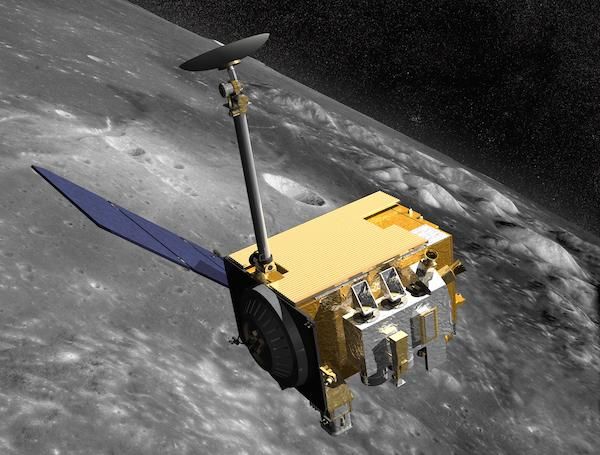Missions & Projects
Featured
Alphabetical
By Last Name:
Displaying records 1 to 24 of 40.
Show:
Apache Point Observatory
The Apache Point Lunar Laser Ranging Station utilizes the Astrophysical Research Consortium 3.5-meter telescope at the Apache Point Observatory in Sunspot, New Mexico. The large collecting area of the Apache Point 3.5 m diameter telescope, good atmospheric conditions at the site, and the efficient avalanche photodiode arrays used by the station result in a high-detection rate (even multiple detections per laser pulse) leading to millimeter-level range precision.
Key Staff
- Research Associate: Vishnu Viswanathan
- Research Associate: Nicholas Colmenares
- Project Manager: Stephen Merkowitz
- Instrument Scientist: Evan Hoffman
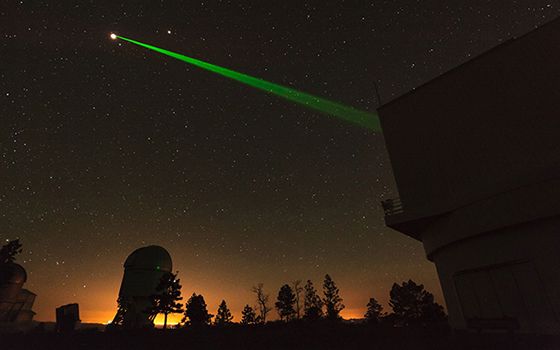
Arctic Mars Analogue Svalbard Expedition (AMASE)
AMASE has established Svalbard as a test bed for life-detection technology that will be used on future NASA and ESA 'Search for Life' mission to Mars.
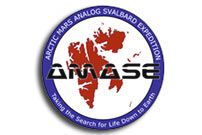
Arecibo Legacy Data
NSSDCA maintains the data archive of the planetary data collected by the Arecibo radar facility from 1997 to 2020.
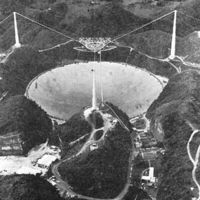
Astrobiology Analytical Laboratory
The Astrobiology Analytical Laboratory is dedicated to the study of organic compounds derived from Stardust and future sample return missions, meteorites, lab simulations of Mars, interstellar, proto-planetary, and cometary ices and grains, and instrument development.
Key Staff
- Program Scientist: Danielle Simkus
- Program Scientist: Jamie Elsila Cook
- Program Scientist: Daniel Glavin (he/him)
- Program Scientist: Heather Graham
- Program Scientist: José Aponte
- Program Scientist: Hannah McLain
- Program Scientist: Eric Parker
- Principal Investigator: Jason Dworkin
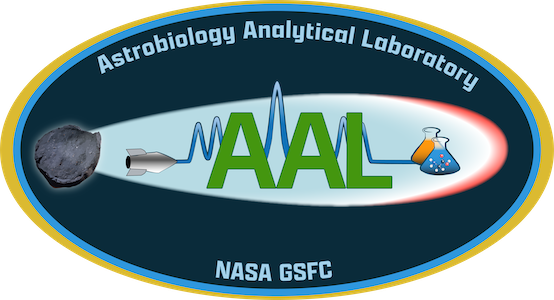
Atmospheric Pressure Sounder
The long-term goal of this activity is to demonstrate the feasibility of a laser sounder instrument capable of measuring the surface-pressure field for the entire air column from satellite-to-ground with global coverage. The earth's surface pressure is a vital component of a variety of important scientific measurements, which are being undertaken at Goddard. Accurate knowledge of the surface pressure can enable calibration of 2-D measurements of CO2 content in the atmosphere and greatly improve the fidelity of surface water redistribution measurements from time-varying gravity fields. It is also important in weather prediction and atmospheric modeling.
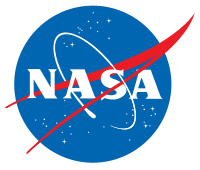
CO2 Boundary Layer Profiler
The CO2 Boundary Layer Profiler is a ground-based prototype Differential Absorption Lidar. DIAL's measurement technique uses the change in signal strength between a wavelength strongly absorbed by CO2 and one not absorbed at all to make range resolved measurements of CO2.
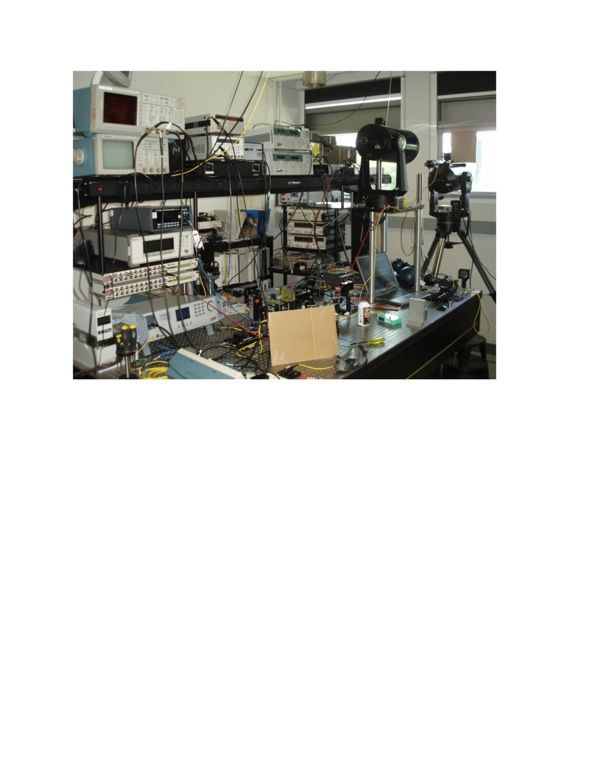
CO2 Sounder (CO2 Sounder)
NASA Goddard Space Flight Center has developed an integrated-path, differential absorption (IPDA) lidar approach to measure atmospheric column-averaged CO 2 mole fraction (XCO 2 ). This pulsed laser approach uses a step-locked laser diode source, a fiber laser amplifier, and a high-sensitivity detector. The approach allows measurements of CO 2 absorption and time-resolved laser backscatter profiles. These enable accurate estimates of XCO 2 and range to the Earth's surface and cloud tops under a wide variety of conditions, including darkness, at low sun angles, through broken cloud fields, and the presence of aerosols. The CO 2 Sounder lidar team has demonstrated airborne measurements during several campaigns over the past decade.
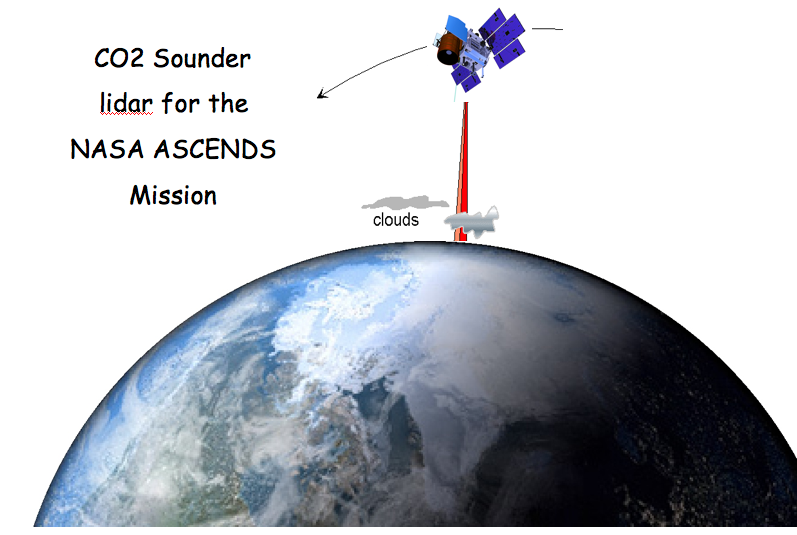
Cosmic Ice Laboratory
Our research group specializes in studying the spectra, the chemistry, and the physical properties of ices relevant to comets, icy satellites and planets, and the coatings of dust grains in the interstellar medium.
Key Staff
- Program Scientist: Perry Gerakines
- Program Scientist: Mark Loeffler
- Program Scientist: Christopher Materese
- Principal Investigator: Reggie Hudson

Heterodyne Instrument for Planetary Wind And Composition (HIPWAC)
Goddard's Heterodyne Instrument for Planetary Wind And Composition (HIPWAC) is used at ground-based facilities, often at the NASA Infrared Telescope Facility and the National Astronomical Observatory of Japan Subaru Telescope on the summit of Mauna Kea, Hawaii. With HIPWAC, scientists probe planetary atmospheres for chemical and dynamical information at exceptionally high spectral resolution. HIPWAC has made valuable observations of a variety of solar system bodies, including Mars, Jupiter, Saturn, Titan, Neptune, and Venus.
High-power Laser and Amplifier Lidar Transmitters
Fiber lasers and fiber-amplifiers are truly an enabling technology for NASA's space flight remote sensing applications. Fiber lasers and fiber-amplifiers are light, compact and efficient, however work is still required on power-scaling and pulse-energies for NASA-specific applications, such as altimetry and atmospheric spectroscopy. Fiber lasers and amplifiers offer numerous advantages for both near-term and future deployment on instruments on Earth Science Remote Sensing orbiting satellites.
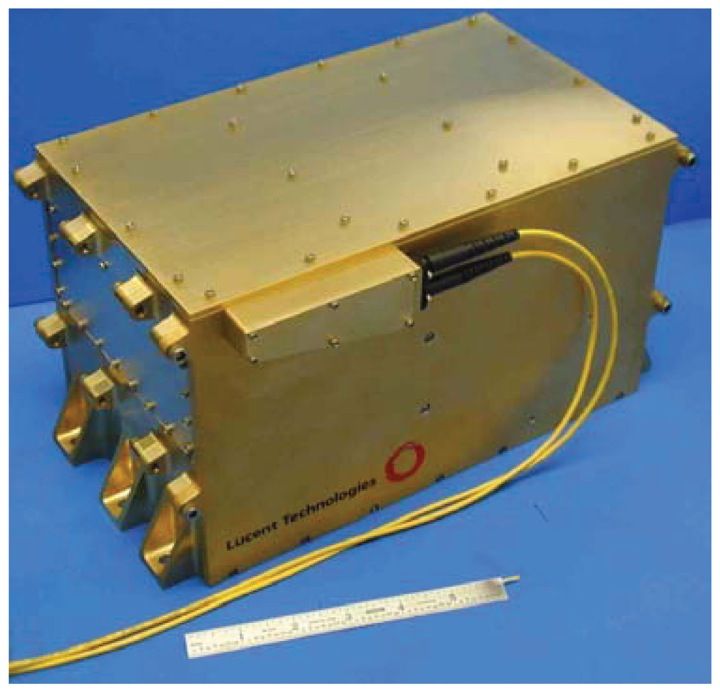
Infrared Photon Detectors
The Laser Remote Sensing Laboratory at NASA's GOddard Space flight Center is developing near-infrared photon-counting detectors for the CO2 sounders on ASCENDS and for multi-beam swath mapping laser altimeters for the Lidar Surface Topography (LIST) mission.

James Webb Space Telescope (JWST)
The James Webb Space Telescope (JWST) is a large space observatory that will operate in an orbit some 1 million miles from Earth. JWST will find the first galaxies that formed in the early universe, connecting the Big Bang to our own Milky Way Galaxy. It will also peer through dusty clouds to see stars forming planetary systems, connecting the Milky Way to our own solar System. Webb's instruments are designed to work primarily in the infrared range of the electromagnetic spectrum, with some capability in the visible range. The observatory was launched on Dec 25, 2021.
Key Staff
- Project Scientist: Jane Rigby
- Project Scientist: John Mather
- Observatory Project Scientist: Michael McElwain
- Operations Project Scientist : Knicole Colon
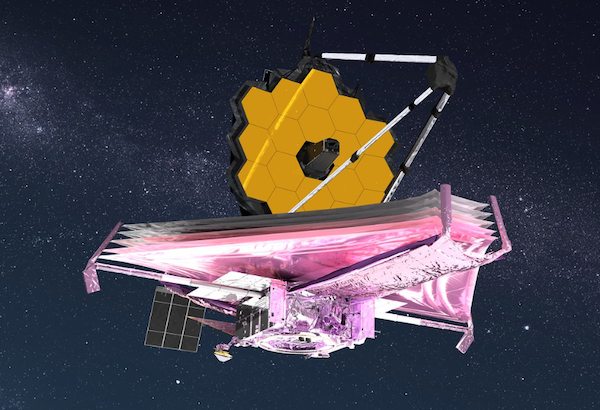
Juno
The Juno spacecraft successfully entered the orbit of Jupiter on July 4, 2016. Its suite of instruments allow it, for the first time, to peer below the dense cover of clouds to answer questions about the gas giant and the origins of our solar system. Juno's primary goal is to reveal the story of Jupiter's formation and evolution. Using long-proven technologies on a spinning spacecraft placed in an elliptical polar orbit, Juno observes Jupiter's gravity and magnetic fields, atmospheric dynamics and composition, and evolution.
Key Staff
- Participating Scientist: Sander Goossens
- Co Investigator: Katherine Garcia-Sage
- Co Investigator: John Connerney
- Co Investigator: Gordon Bjoraker
- Co Investigator: Weijia Kuang
Instruments
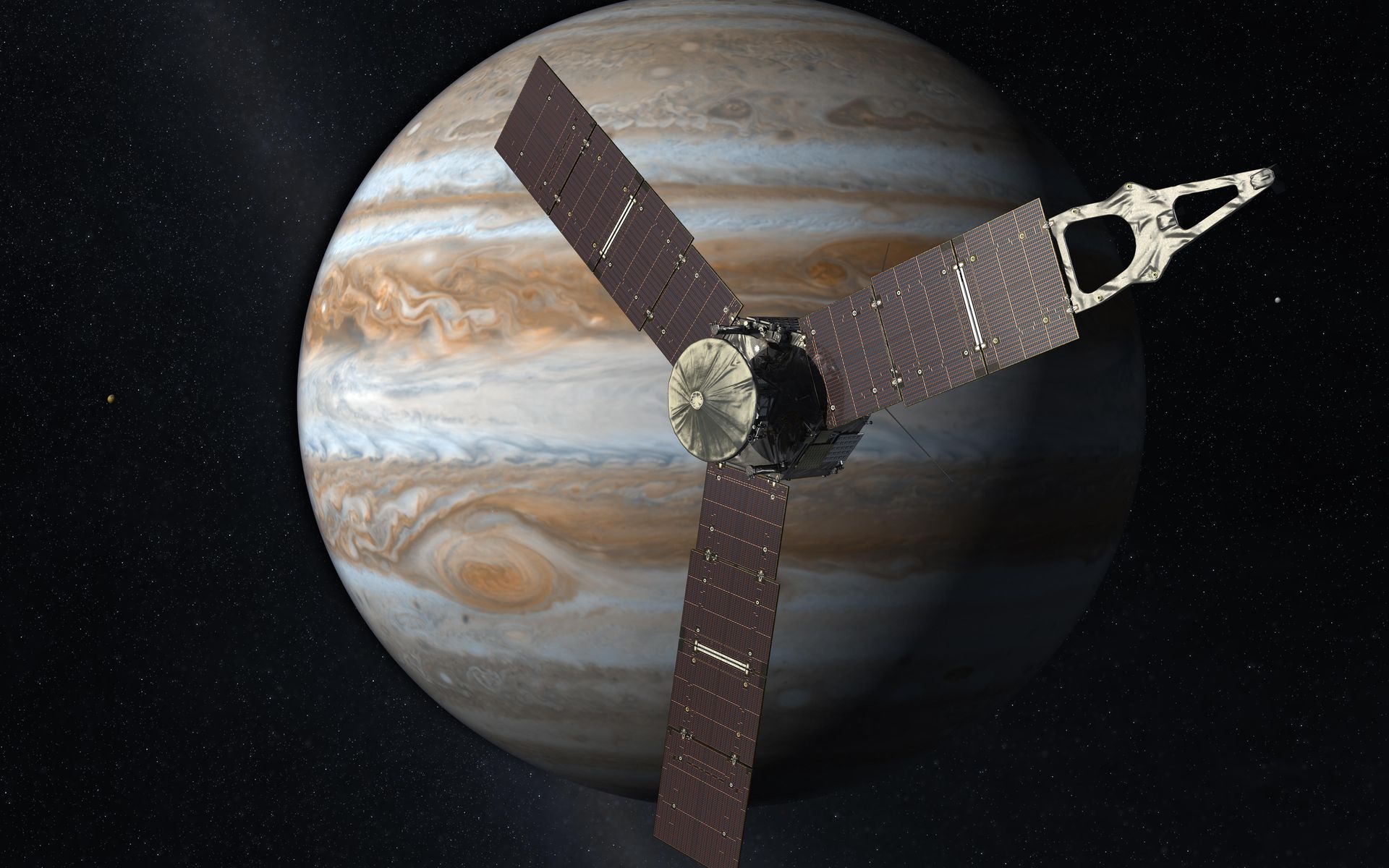
JUNOMAG
The JUNO magnetic field's investigation will provide measurements of the Jovian magnetic field over a wide dynamic range. The fundamental objectives of this investigation are to map the magnetic field, determine the dynamics of Jupiter's interior, and determine the three-dimensional structure of the polar magnetosphere and its auroras. Juno was inserted into orbit around Jupiter on July 4, 2016.
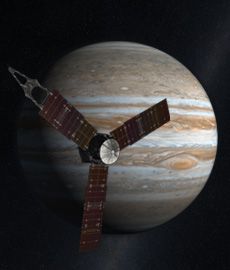
L'Ralph
This instrument will investigate Jupiter’s Trojan asteroids, which are remnants from the early days of the solar system. The L’Ralph instrument suite will study this diverse group of bodies; Lucy will fly by six Trojans and one Main Belt asteroid — more than any other previous asteroid mission. L’Ralph will detect the Trojan asteroids’ chemical fingerprints. L’Ralph’s instrument suite contains the Multi-spectral Visible Imaging Camera (MVIC) and the Linear Etalon Imaging Spectral Array (LEISA), both of which are fed by the same optics, meaning that L’Ralph can observe both visible and infrared wavelengths.
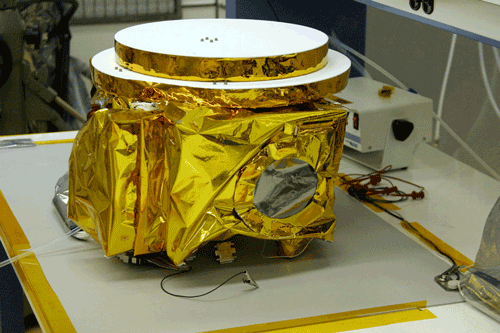
Lucy
Lucy will perform the first reconnaissance of the Jupiter Trojan asteroids, a large population of objects whose dark surfaces may be rich in organic materials. Trojans, which may have originated in the Kuiper belt, could hold vital clues to deciphering the history of the solar system. Lucy was launched in 2021. During its 12-year primary mission, Lucy will explore a record-breaking number of asteroids, flying by one main belt asteroid, and seven Trojans. No other space mission in history has been launched to as many different destinations in independent orbits around our Sun.
Key Staff
- Principal Investigator:
- Project Scientist: Keith Noll
- Instrument Principal Investigator: Dennis Reuter
Instruments
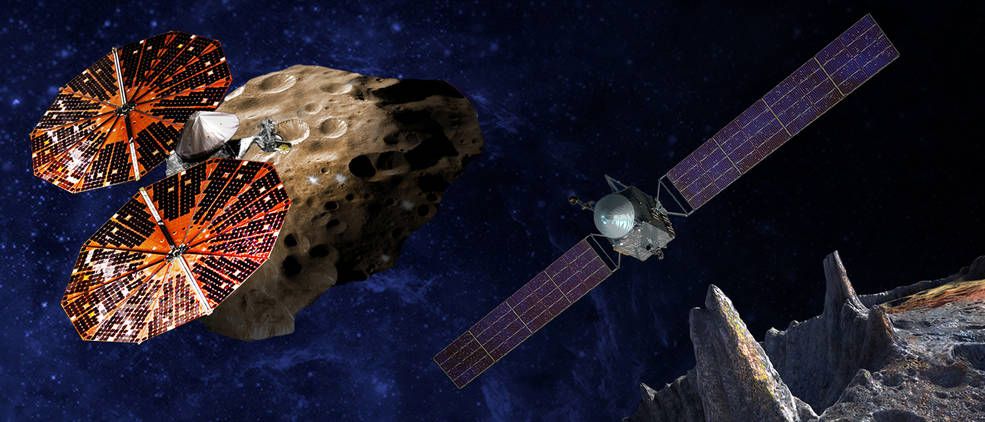
Lunar Data Project (LDP)
The Lunar Data Project was formed at the NSSDCA and now works with PDS to recover Apollo data, much of which is on old media or in obsolete formats, convert it into usable forms, and make it available online to researchers and mission planners. We are currently restoring data from surface and orbital instruments on Apollos 12, 14, 15, 16, and 17.
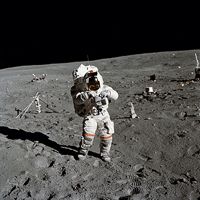
Lunar Environment and Dynamics for Exploration Research (LEADER)
LEADER is a SSERVI project that explores the lunar environment and the two-way connection with human systems, providing the first ever studies of this Human-Environment interaction feedback cycle

Lunar Laser Ranging (LLR)
Starting in July 1969, the Apollo and Lunaxhod programs deployed a variety of scientific experiments on the surface of the Moon. Among those devices were laser ranging retroreflectors, which, a generation later, still yield fundamental scientific data.
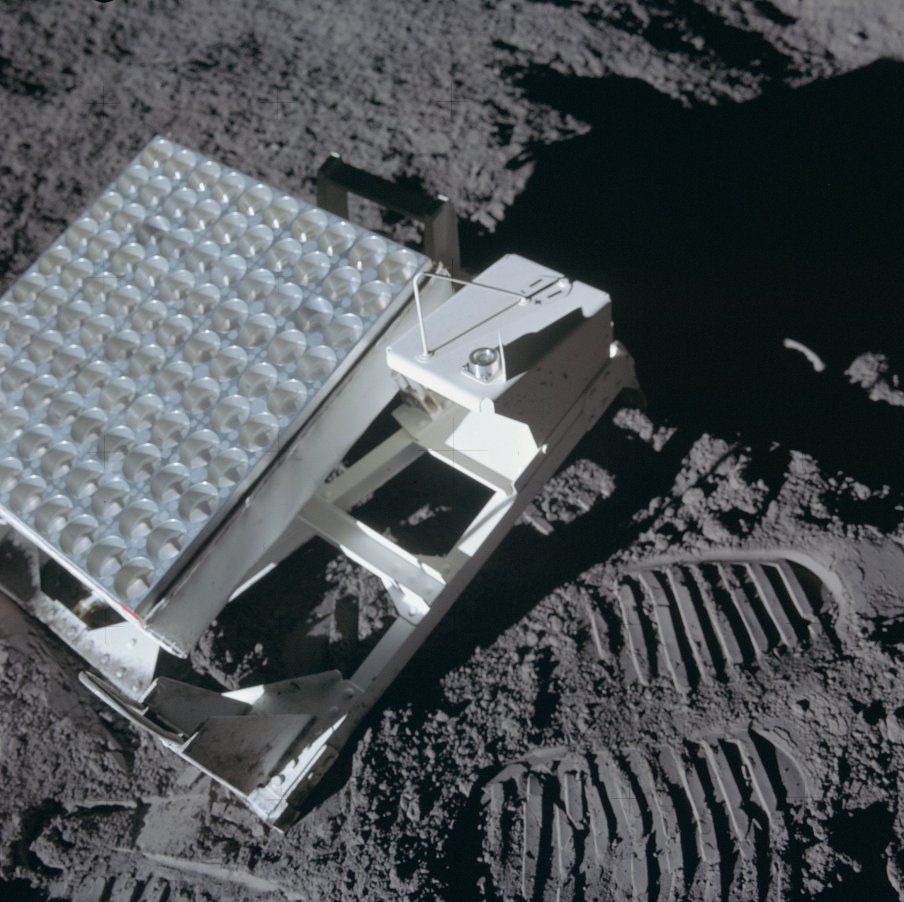
Lunar Reconnaissance Orbiter (LRO)
The Lunar Reconnaissance Orbiter (LRO) is an unmanned spacecraft designed to create a comprehensive atlas of the moon's physical features, radiation environment, temperatures, and resources. The mission places special emphasis on the moon's polar regions, where permanently shadowed craters may contain significant amounts of water ice that future human explorers might be able to exploit. LRO launched on June 18, 2009.
Key Staff
- Science Collaborator: Stefano Bertone
- Science Data Manager: Maria Banks
- Science Collaborator: Gael Cascioli
- Co Investigator: Erwan Mazarico
- Project Scientist: Noah Petro (he/him)
Instruments
